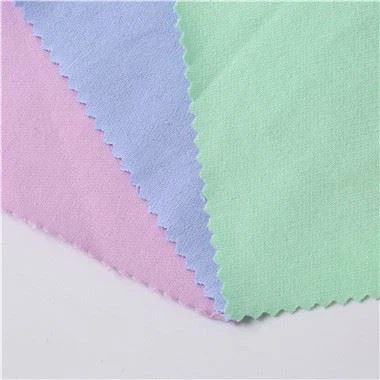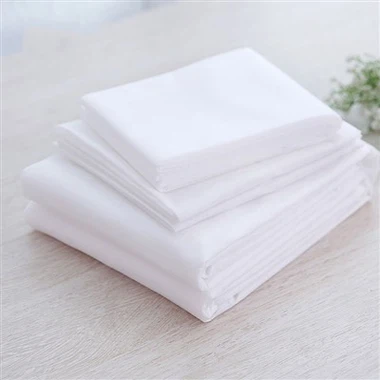How Many Characteristics Do Textile Fibers Have?
Oct 29, 2024
When textile professionals are familiarizing themselves with fabrics, it's crucial to understand their characteristics, as this knowledge is essential for subsequent processes. So, do you know how many characteristics textile fibers possess?
Abrasion resistance
Abrasion resistance refers to a fabric's ability to withstand friction from wear, which enhances the durability of the fabric. Garments made from fibers with high tensile strength and excellent abrasion resistance can endure extended use, showing signs of wear only after a significant period.
Moisture absorption
Moisture absorption refers to the ability of fibers to absorb moisture, commonly expressed as the regain percentage. This property indicates the percentage of water that dry fibers can take in when exposed to air at a temperature of 70°F (approximately 21°C) and a relative humidity of 65%.
Chemical action
In the processes of textile manufacturing, including dyeing and finishing, as well as in domestic or professional cleaning with agents like soap, bleach, and dry-cleaning solvents, fibers typically interact with various chemicals. Understanding the effects of these chemicals on different fibers is essential because it directly impacts the care required during cleaning.
Coverage
Coverage is the ability to occupy a specific space. Textiles made from thicker or textured fibers offer superior coverage than those made from fine, smooth fibers. Such fabrics are warmer, feel more substantial, and can be created using fewer fibers.
Elasticity
Elasticity is the property that allows a material to extend under tension and recover its original form when the load is removed. The stretchiness of fibers or fabrics contributes to a more comfortable wearing experience and decreases the stress experienced at seams.
Environmental conditions
Environmental factors influence fibers in different ways. The response of fibers and their final fabrics to exposure and storage conditions is vital for ensuring their quality and durability.
Flammability
Flammability is defined as the ability of an object to ignite and burn. This trait is vital, given that people are surrounded by a wide range of textiles in everyday life. We understand that items like clothing and household furniture can significantly endanger consumers due to their flammable properties, leading to serious injuries and major financial losses.
Softness
Softness refers to the ability of fibers to bend repeatedly without breaking. Flexible fibers, like acetate, can be used to create fabrics and garments with excellent drape. In contrast, rigid fibers such as fiberglass are unsuitable for clothing but can be utilized in stiffer decorative fabrics. Generally, finer fibers offer better draping qualities, and softness also impacts the feel of the fabric.
Feel
The feel is the quality of sensation one experiences when touching fibers, yarns, or fabrics. This tactile experience is influenced by the fiber's shape, surface traits, and structural characteristics. Fibers can take on different shapes, like circular, flat, or multi-leaf, and their surfaces can range from smooth to serrated or scaly.
Luster
Luster is the quality of light reflection from the surface of a fiber. The luster of a fiber is influenced by its distinct characteristics. A glossy surface, reduced bending, a flat cross-sectional shape, and longer fiber lengths can all enhance the fiber's ability to reflect light.
Pilling
Pilling is the process in which short, fractured fibers on a fabric's surface clump together to form small balls. These pills are generally caused by the fibers' ends breaking off from the surface, often due to regular wear.
Elastic recovery
Elastic recovery refers to the ability of a material to bounce back to its original shape after being folded, twisted, or manipulated, and is closely associated with wrinkle resistance. Fabrics that exhibit good elastic recovery are less likely to wrinkle, helping them maintain an attractive shape.







